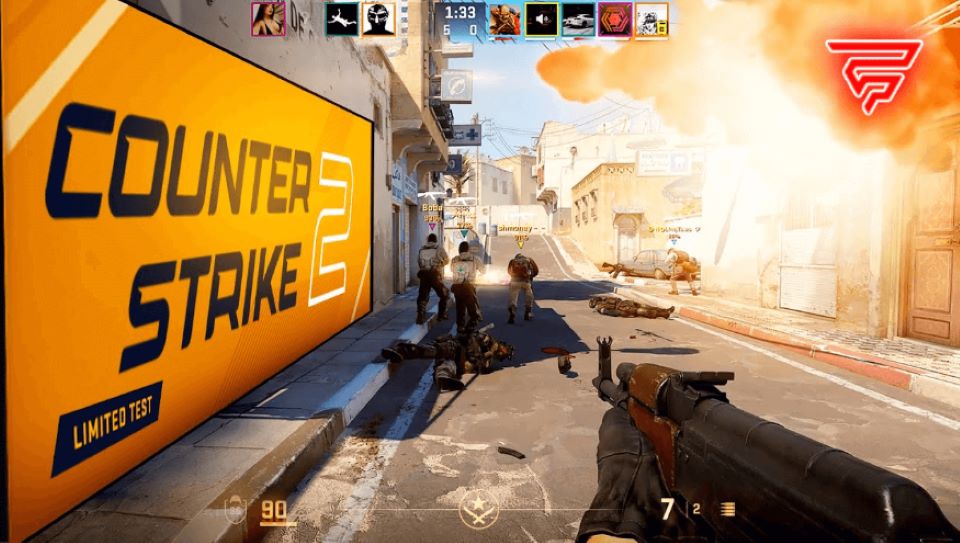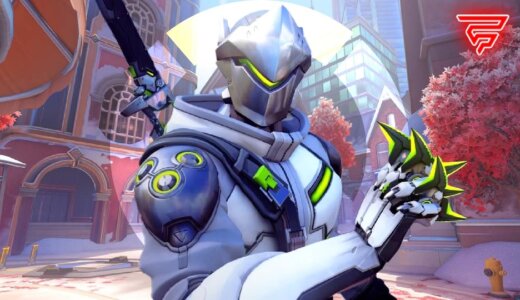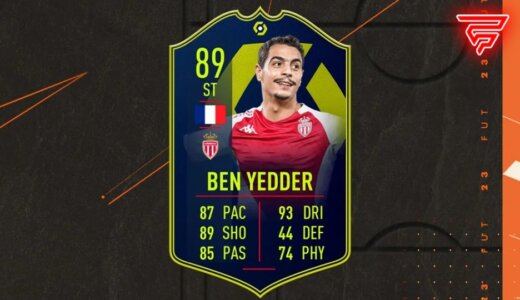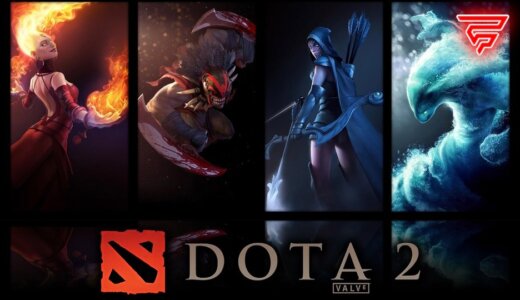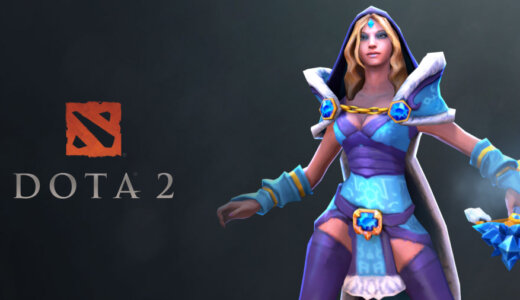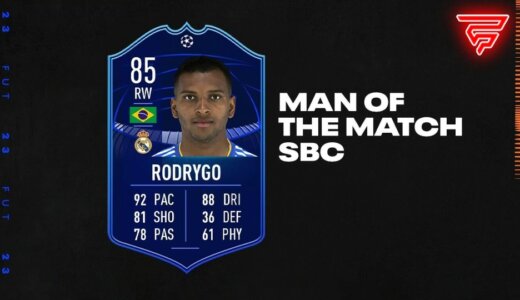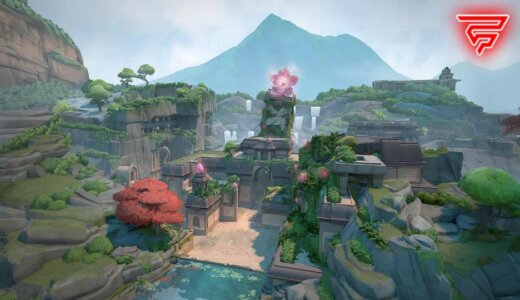Counter-Strike: Global Offensive (CS) is a highly competitive game that requires teamwork and communication to succeed. One of the essential aspects of good communication in CS is knowing the callouts for each map. Dust 2 is one of the most popular maps in CS, and knowing the Dust 2 callouts is crucial for players who want to improve their gameplay.
The Dust 2 map in CS is a classic map that has been around since the early days of the game. It is a bomb defusal map that is played in both casual and competitive modes. The map is divided into two bombsites, A and B, and each site has its own set of callouts. Knowing the callouts for each location on the map can help players communicate more effectively with their teammates, which can lead to better coordination and ultimately more wins.
Learning the Dust 2 callouts is a necessity for players who want to play the map competitively. The callouts are used to describe specific locations on the map, such as tunnels, catwalk, and long doors. Players can use these callouts to quickly and accurately communicate with their teammates, which can be the difference between winning and losing a round. In this article, we will explore the Dust 2 callouts in detail and provide tips on how to use them effectively.
Overview of Dust 2
Dust 2 is a classic map in the first-person shooter game Counter-Strike: Global Offensive (CS). It was first introduced in the original Counter-Strike game in 2001 and has since become one of the most popular maps in the franchise. The map takes place in a Middle Eastern setting and features a bomb defusal scenario.
Map Layout
The map is divided into two main areas: the Terrorist side and the Counter-Terrorist side. Each side has its own set of callouts, which are specific locations on the map that players can use to communicate with their teammates. These callouts are essential for effective communication and strategy planning.
Dust 2’s layout is known for its simplicity, yet it provides a balanced and competitive gameplay experience. The map features a long A area, a short B area, and a mid section that connects the two sides. There are also various routes that players can take, including tunnels, catwalk, and double doors.
Strategic Importance
Dust 2 is a highly strategic map that requires a lot of teamwork and communication to win. The map’s simplicity allows for a variety of strategies to be employed, including aggressive pushes, defensive setups, and split attacks. The map’s balanced design also ensures that neither side has a significant advantage over the other.
Overall, Dust 2 is a classic map that has stood the test of time in the CS community. Its simplicity, balanced design, and strategic importance make it a favorite among players and a staple in competitive play.
Bombsite A Callouts
When playing Dust 2 in CS, it’s essential to know the callouts for each area of the map to communicate effectively with your team. Bombsite A is one of the two bomb sites on Dust 2, and it’s essential to know the callouts for this area to successfully defend or attack it.
A Long
A Long is the long pathway that leads to Bombsite A. It’s a popular spot for snipers to hold, and it’s crucial to know the callouts for this area. A Long is the longest straight path on the map, and it’s easy to spot enemies from a distance. If a player is holding A Long, they should call out when they see enemies approaching from this area.
A Short
A Short is the shorter pathway that leads to Bombsite A. It’s a popular spot for terrorists to rush and plant the bomb quickly. If a player is holding A Short, they should call out when they see enemies approaching from this area. It’s essential to communicate with your team when defending A Short, as it’s a crucial area to hold.
Goose
Goose is the raised platform near the entrance of A Long. It’s a popular spot for snipers to hold, and it’s crucial to know the callout for this area. If a player is holding Goose, they should call out when they see enemies approaching from this area.
Pit
Pit is the area in front of A Long and to the right of Goose. It’s a popular spot for players to hide and wait for enemies to approach. If a player is holding Pit, they should call out when they see enemies approaching from this area.
Site Box
Site Box is the area where the bomb can be planted on Bombsite A. It’s essential to know the callout for this area, as it’s where the terrorists will try to plant the bomb. If a player is holding Site Box, they should call out when they see enemies approaching from this area.
Knowing the callouts for Bombsite A on Dust 2 in CS is crucial for successful gameplay. With this knowledge, players can communicate effectively with their team and defend or attack the site with precision.
Bombsite B Callouts
Bombsite B is one of the two bomb sites in Dust 2, and it is located towards the right side of the map. In this section, we will cover the essential callouts for Bombsite B.
B Tunnels
B Tunnels are the passageways that lead to Bombsite B from the Terrorist Spawn. The Tunnels are a crucial area that players need to control to gain access to the site. Some essential callouts for B Tunnels include:
- Lower Tunnels: The lower part of the B Tunnels that lead to the site.
- Upper Tunnels: The upper part of the B Tunnels that lead to the Mid Doors.
- Tunnel Exit: The area where the Tunnels exit and open up to the site.
B Window
B Window is a window that overlooks the Bombsite B from the CT Spawn. It is a crucial area for the Counter-Terrorist team to defend the site. Some essential callouts for B Window include:
- Window: The actual window that looks out onto the site.
- Window Room: The room that is adjacent to the window.
- Window Ledge: The ledge that is outside the window.
B Doors
B Doors are the double doors that lead to the Bombsite B from the Mid Doors. The doors are a crucial chokepoint that players need to control to gain access to the site. Some essential callouts for B Doors include:
- Double Doors: The actual doors that lead to the site.
- Doorway: The area just outside the doors.
- Door Room: The room that is adjacent to the doors.
Back Platform
Back Platform is a raised platform that overlooks the Bombsite B from the Tunnels. It is a crucial area for the Terrorist team to control the site. Some essential callouts for Back Platform include:
- Back Plat: The actual platform.
- Platform Stairs: The stairs that lead up to the platform.
- Platform Ramp: The ramp that leads up to the platform.
Car
Car is a car that is parked on the right side of the Bombsite B. It is a popular camping spot for the Counter-Terrorist team. Some essential callouts for Car include:
- B Car: The actual car.
- Car Pit: The pit that is next to the car.
- Car Corner: The corner that is next to the car.
Knowing these callouts is essential for any player who wants to play Dust 2 effectively. By using these callouts, players can communicate effectively with their team and gain an advantage over their opponents.
Mid Area Callouts
The mid area of Dust 2 is a crucial part of the map, as it provides easy access to both bombsites. As such, it is important for players to use precise callouts to communicate enemy positions and movements. Here are some of the most common mid area callouts in CS:GO:
Xbox
Xbox is a raised platform in the middle of the map that provides cover for players crossing from the Terrorist side to the Counter-Terrorist side. It is a popular spot for snipers to hold angles, and is often used as a reference point for other mid area callouts. Players might say “one Xbox” to indicate that they have spotted an enemy on the platform.
Catwalk
Catwalk is a narrow walkway that runs along the edge of the map, connecting the Terrorist side to the A bombsite. It is a high-traffic area, and is often contested by both teams. Players might say “one cat” or “catwalk clear” to indicate their position or the absence of enemies.
Mid Doors
The mid doors are a pair of double doors that separate the mid area from the T spawn. They are an important chokepoint that can be used to control access to either bombsite. Players might say “one mid doors” to indicate an enemy’s position, or “smoke mid doors” to call for a smoke grenade to block off the area.
CT Spawn
CT Spawn is the starting point for the Counter-Terrorist team. It is located in the back of the map, near the A bombsite. Players might say “one CT” to indicate an enemy’s position, or “CT spawn clear” to indicate that the area is safe.
Overall, using clear and concise callouts is essential for effective communication and teamwork in CS. By mastering the mid area callouts on Dust 2, players can gain a strategic advantage and increase their chances of winning.
Terrorist Spawn Area
The Terrorist Spawn Area is where the Terrorist team starts at the beginning of each round. It is located at the far end of the map, opposite to the Counter-Terrorist Spawn Area. The Terrorist Spawn Area is an important location as it connects to A Long, B Tunnels, and Mid.
T Spawn
T Spawn is the starting point for the Terrorist side on the Dust 2 map. It is located at the far end of the map, opposite to the Counter-Terrorist Spawn Area. From T Spawn, the Terrorist team has various routes to choose from in order to reach bombsite A or bombsite B.
T Ramp
T Ramp is the sloping area leading from T Spawn to A Long and B Tunnels. It is an important location as it provides the Terrorist team with an entry point to both bombsites. T Ramp is a high-traffic area and is often contested by both teams.
Overall, the Terrorist Spawn Area is a crucial location on the Dust 2 map. It provides the Terrorist team with multiple routes to bombsites and is a key location for both teams to control.
Counter-Terrorist Spawn Area
The Counter-Terrorist (CT) Spawn Area is the starting point for the CT team in Dust 2. The area is located in the western corner of the map, near the A Site. The CT Spawn Area is a crucial location for the CT team to defend as it provides quick access to both the A and B Sites.
CT Spawn
The CT Spawn is a small area where the CT team begins each round. It is located in the western corner of the map, near the A Site. The CT Spawn is a crucial location for the CT team to defend as it provides quick access to both the A and B Sites. Players should be aware of the different angles and positions that the Terrorist team can use to attack the CT Spawn.
CT Mid
CT Mid is a crucial area that connects both the A and B Sites. It is located in the middle of the map, between the CT Spawn and the B Site. CT Mid is an important area for the CT team to control as it provides access to both bomb sites. Players should be aware of the different angles and positions that the Terrorist team can use to attack CT Mid.
In summary, the CT Spawn Area is a crucial location for the CT team to defend as it provides quick access to both the A and B Sites. Players should be aware of the different angles and positions that the Terrorist team can use to attack the CT Spawn and CT Mid. By controlling these areas, the CT team can gain an advantage over the Terrorist team.
Map Control and Tactics
Timing of Movement
In Dust 2, timing is everything. Players need to coordinate their movements and communicate effectively to control the map. The T side must move quickly to take control of the bomb sites, while the CT side must hold their positions and prevent the T side from planting the bomb.
Players should be aware of their surroundings and the timing of their movements. They should also be mindful of the sound they make. Walking is quieter than running, and crouching is even quieter. This can be useful for sneaking up on opponents or avoiding detection.
Smoke and Grenade Spots
Smoke and grenade spots are essential for controlling the map in Dust 2. Players can use them to block off certain areas, create distractions, or flush out opponents.
There are several key smoke and grenade spots that players should be familiar with. For example, smoking off the cross in mid can prevent CTs from seeing T players moving towards the B site. Throwing a grenade into the tunnels can also damage or kill opponents who are hiding there.
Players should also be aware of the timing and placement of their smokes and grenades. A poorly timed or misplaced smoke can actually hinder their team’s progress and give the opponent an advantage.
In conclusion, map control and tactics are crucial for success in Dust 2. Players must coordinate their movements and use smoke and grenade spots effectively to gain an advantage over their opponents. By mastering these skills, players can improve their chances of winning and climb the ranks in CS.
Communication and Teamwork
Effective communication and teamwork are essential to succeed in Counter-Strike: Global Offensive (CS). Callouts are one of the most important aspects of communication in the game, especially on the Dust 2 map. They allow players to quickly and accurately relay information about enemy positions and strategies to their teammates.
To make the most out of Dust 2 callouts, players need to encourage their teammates to use them and work together to devise strategies and execute plans. Teammates should communicate clearly and concisely to avoid confusion and misunderstandings.
It is also important to stay calm under pressure, especially in high-stress situations. Staying composed and clear-headed ensures that players can relay essential information when needed. Players should also be aware of their surroundings and keep an eye out for potential threats, such as enemy snipers or ambushes.
In addition to callouts, players can use other communication tools such as pings and voice chat to coordinate with their teammates. Voice chat is especially useful for discussing strategies and making quick decisions. However, players should be mindful of their tone and avoid being overly critical or negative towards their teammates.
Overall, effective communication and teamwork are crucial for success in CS, especially on the Dust 2 map. By using callouts and working together, players can improve their coordination, decision-making, and map awareness, giving them a competitive edge over their opponents.
Frequently Asked Questions
What are the key callouts for the Dust 2 map in CS?
Dust 2 is one of the most popular maps in CS, and it’s essential to know the key callouts to communicate effectively with your team. Some of the most important callouts include A Long, A Short, Catwalk, B Tunnels, and Mid Doors.
How can I effectively use smokes on Dust 2?
Smokes are an essential part of any CS match, and Dust 2 is no exception. Effective smoke usage can help you block off enemy lines of sight and control the map’s flow. Some popular smoke spots include Xbox, Mid Doors, B Tunnels, and CT Spawn.
Where can I find a detailed layout of Dust 2?
There are many resources available online that provide detailed layouts of Dust 2. Some popular options include Total CS, CSGOConsole, and DMarket.
What strategies are best for playing on Dust 2?
There are many different strategies that can be effective on Dust 2, depending on your team’s playstyle. Some popular strategies include fast A pushes, mid control, and B splits. It’s essential to communicate with your team and adjust your strategy based on the enemy’s movements.
How has Dust 2 evolved in CS over the years?
Dust 2 has undergone many changes since its introduction in the original Counter-Strike game. The map has been updated and remastered several times, with changes to the layout, textures, and overall design. These changes have helped keep the map fresh and exciting for players.
What are some tips for memorizing callouts on Dust 2?
Memorizing callouts can be challenging, but there are some tips that can help. One effective method is to practice with your team in a private match, calling out each location as you move through the map. Another option is to use a map overlay with callouts marked, which can help you learn the names of each location.
